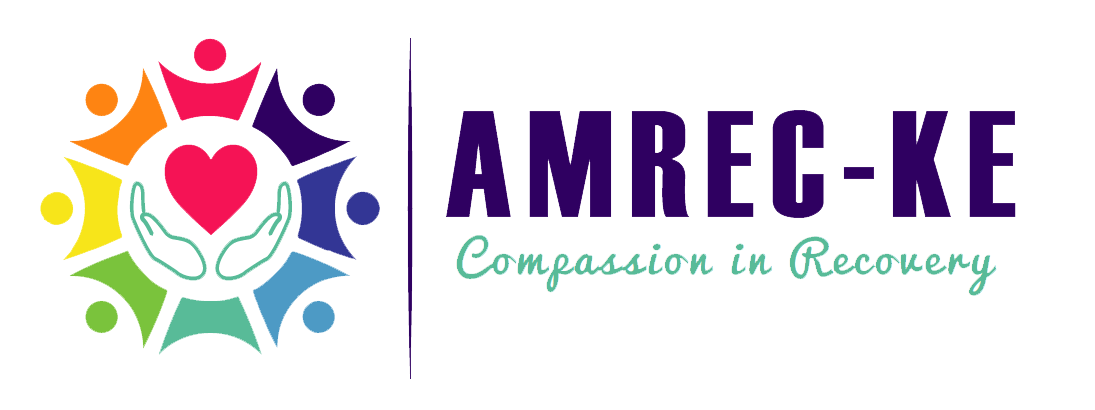

What is marijuana?
The term “marijuana” describes the dried leaves, flowers, stems, and seeds of the Cannabis sativa or Cannabis indica plant. The plant includes THC, a substance that alters consciousness, as well as other related substances. The cannabis plant can also be used to produce extracts. One of the most commonly overused drugs worldwide is marijuana. The gap between current marijuana research and marijuana myths is widening.

How do people use marijuana?
The most common ways include:
- Smoked in joints (like a cigarette), in blunts (cigars or cigar wrappers that have been partly or completely refilled with marijuana), or in bongs (pipes or water pipes)
- Vaped using electronic vaporizing devices (like vape pens) or other vaporizers
- Mixed or infused into foods or drinks (called edibles) like cookies, cakes, or brownies, or tea, cola, or alcohol

What are the factors determing the impact of the effects of marijuana?
- Amount of marijuana taken
- Frequency of marijuana use
- Use of marijuana with other substances (e.g., alcohol or other drugs), which could increase risk of harm
- Mode of marijuana use (e.g., consuming edibles or products with high THC concentration can have delayed or unpredictable effects and increases the risk of overdose or poisoning)
- Previous experience with marijuana or other drugs
- Biology (e.g., genes, DNA)
- Sex (e.g., women may experience more dizziness after using marijuana compared to men)

What are the effects of marijuana on the brain and body?
Short term effects
THC is quickly transported from the lungs into the bloodstream when marijuana is smoked. The substance is transported by the blood to the brain and other organs all over the body. When someone consumes THC through food or drink, their body absorbs it more gradually. In that situation, patients typically begin to experience the effects between 30 and 1 hour later. Specific brain cell receptors that typically respond to substances that resemble THC in nature are affected by THC. In order for the brain to develop and operate normally, certain organic substances are necessary. The areas of the brain that have the most of these receptors are overactive when marijuana is consumed. This is what makes individuals feel “high.”
The short term effects include:
- Altered senses (for example, seeing brighter colors)
- Altered sense of time
- Changes in mood
- Impaired body movement
- Difficulty with thinking and problem-solving
- Impaired memory
- Hallucinations (when taken in high doses)
- Delusions (when taken in high doses)
- Psychosis (risk is highest with regular use of high potency marijuana)
Long term effects
Physical Effects
- Breathing issues: People who frequently consume marijuana may experience breathing issues similar to those who smoke tobacco because marijuana smoke irritates the lungs. Daily coughing and phlegm production, increased frequency of lung ailments, and an increased chance of lung infections are some of these issues. As of yet, no link has been discovered between marijuana use and an increased risk of lung cancer.
- Increased heart rate: Marijuana raises heart rate for up to 3 hours after smoking. This effect may increase the chance of heart attack. Older people and those with heart problems may be at higher risk.
- Problems with child development during and after pregnancy: If a pregnant woman uses marijuana, the drug may affect certain developing parts of the fetus’s brain. Children exposed to marijuana in the womb have an increased risk of problems with attention, memory, and problem-solving compared to unexposed children.
- Intense nausea and vomiting: Regular, long-term marijuana use can lead to some people to develop Cannabinoid Hyperemesis Syndrome. This causes users to experience regular cycles of severe nausea, vomiting, and dehydration, sometimes requiring emergency medical attention
Mental Effects
Long-term marijuana use has been linked to mental illness in some people, such as:
- Temporary hallucinations
- Temporary paranoia
- Worsening symptoms in patients with schizophrenia a severe mental disorder with symptoms such as hallucinations, paranoia, and disorganized thinking
- Marijuana use has also been linked to other mental health problems, such as depression, anxiety, and suicidal thoughts among teens. However, study findings have been mixed.
Getting help

Follow our social media pages:
References
National Institute on Drug Abuse. (2019, December 24). Cannabis (Marijuana) DrugFacts. National Institute on Drug Abuse. https://nida.nih.gov/publications/drugfacts/cannabis-marijuana
What is Marijuana? How is Marijuana Used? Street Names for Marijuana – Drug-Free World. (2011). Foundation for a Drug-Free World; Foundation for a Drug-Free World. https://www.drugfreeworld.org/drugfacts/marijuana.html
CDC. (2021, September 10). What We Know About Marijuana. Www.cdc.gov. https://www.cdc.gov/marijuana/what-we-know.html
Department of Justice/Drug Enforcement Administration. (2020). WHAT IS MARIJUANA? WHAT IS ITS ORIGIN? What are common street names? What does it look like? https://www.dea.gov/sites/default/files/2020-06/Marijuana-Cannabis-2020_0.pdf
https://www.cancer.gov/publications/dictionaries/cancer-terms/def/marijuana. (2011, February 2). Www.cancer.gov. https://www.cancer.gov/publications/dictionaries/cancer-terms/def/marijuana
By Lemu Wanjiku,
Counselling Psychologist,
AMREC Kenya

